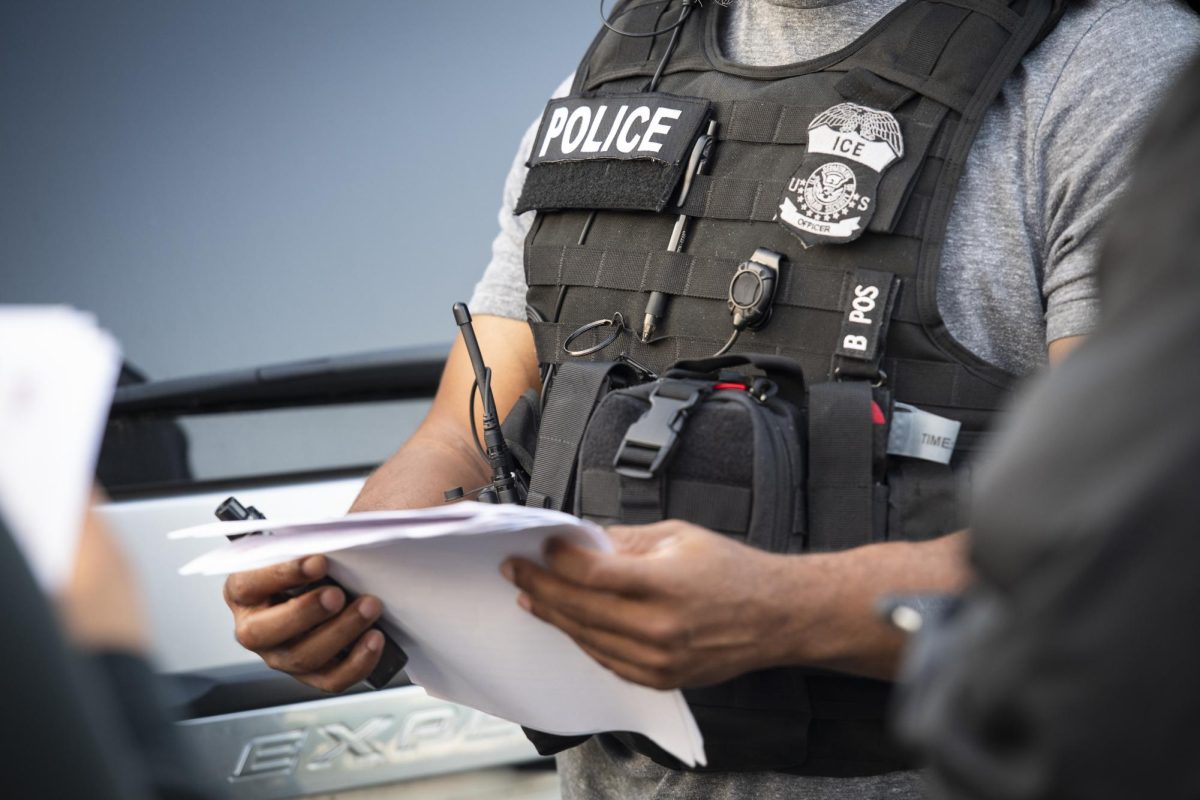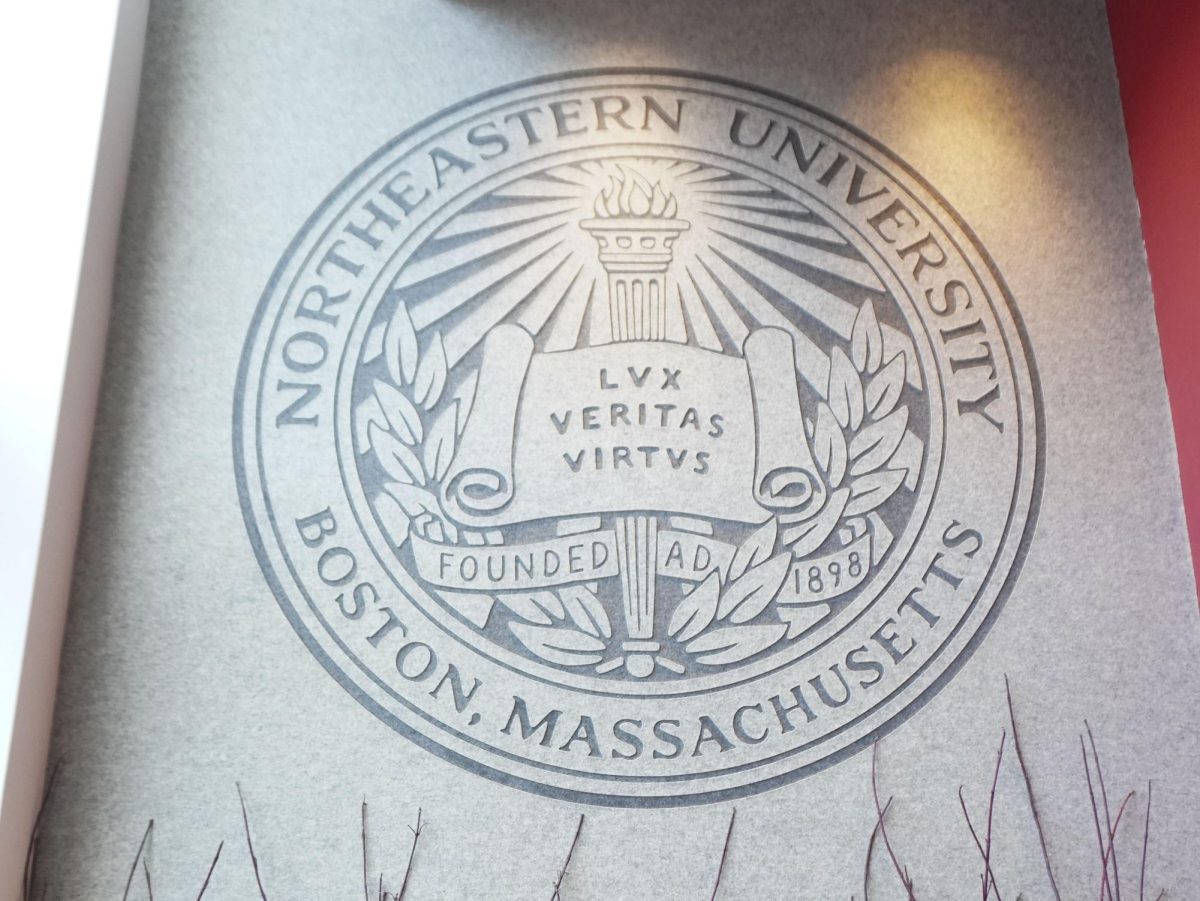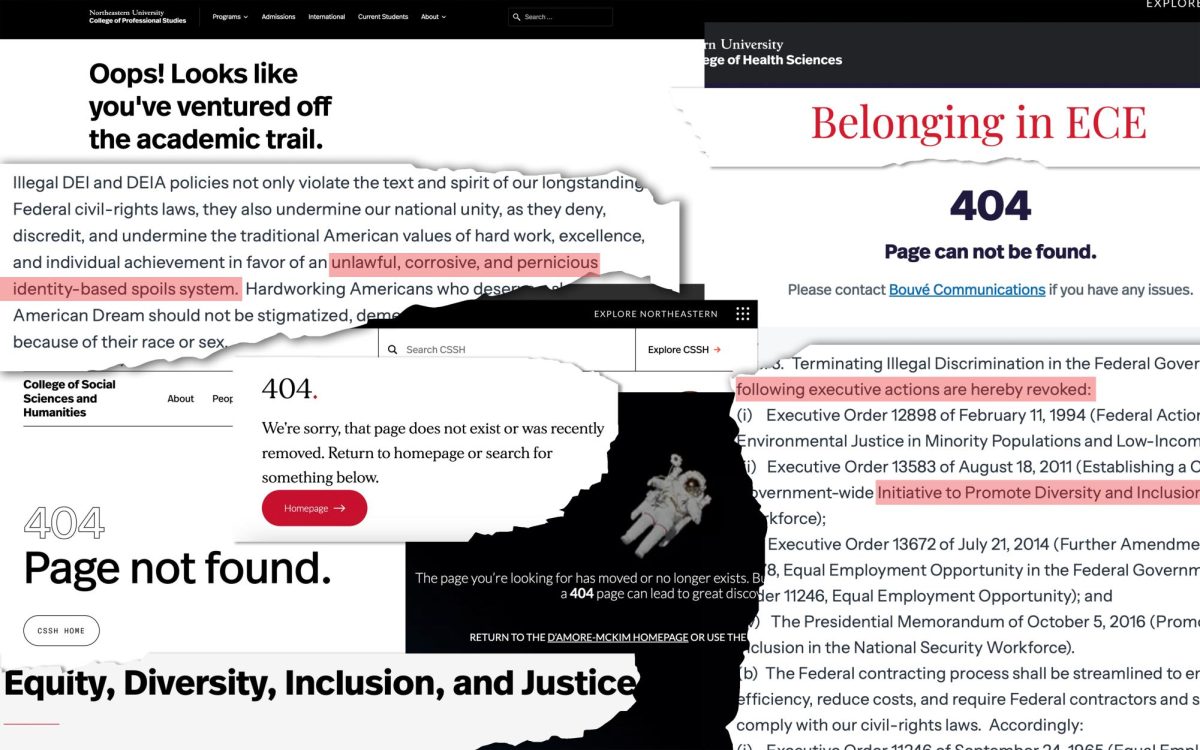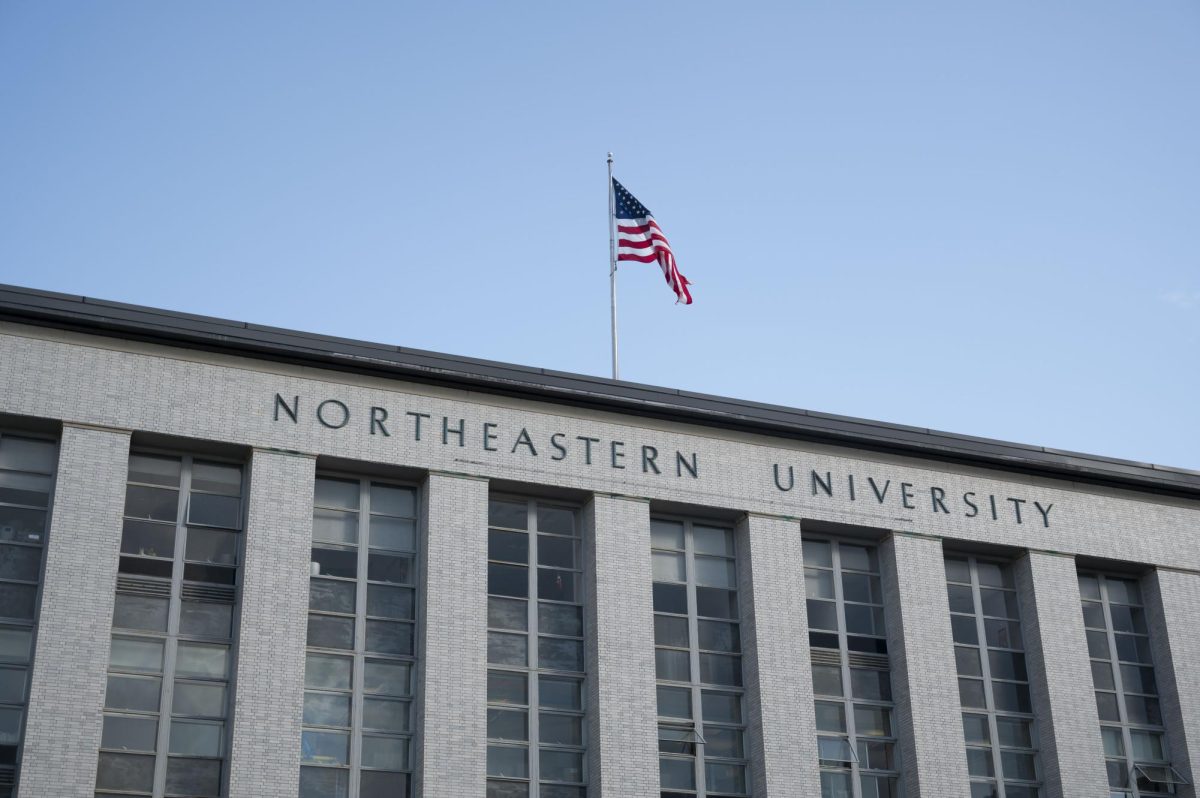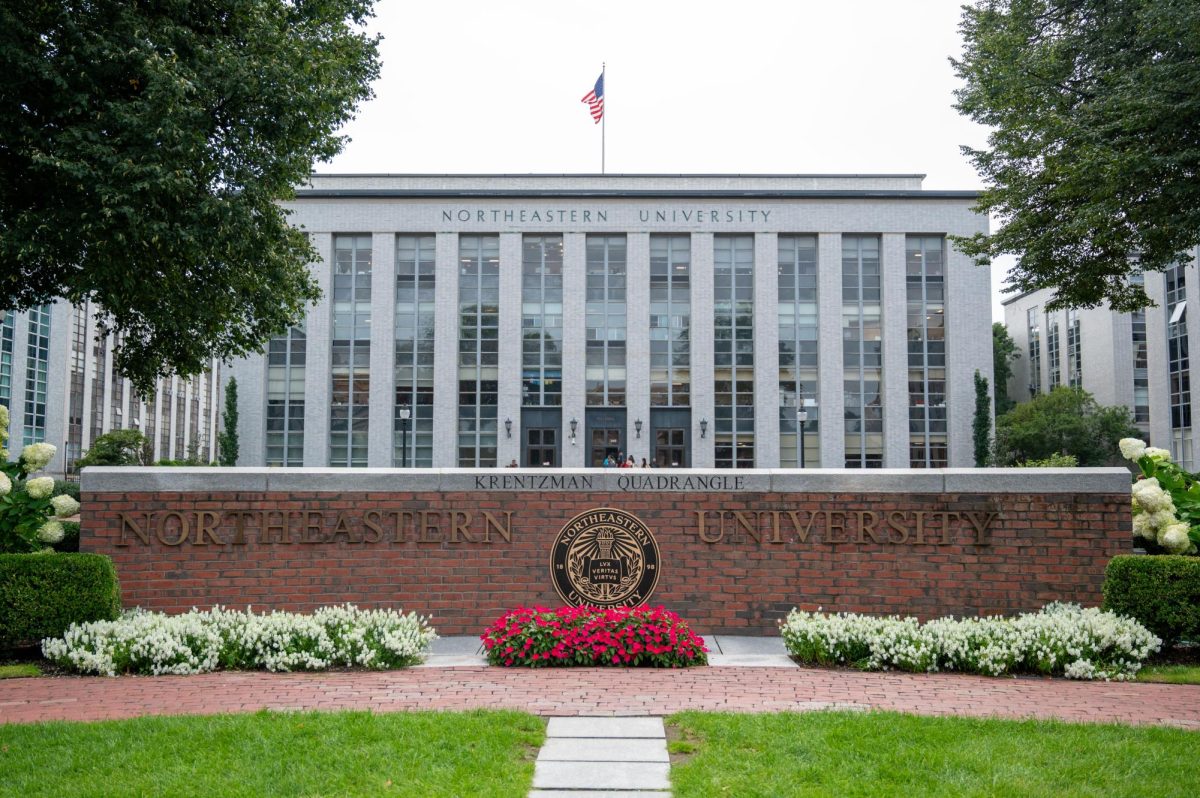They have roots in countries all around the globe. They speak different languages and have different backgrounds. They grew up in rural towns or big cities.
But while their stories vary, their passion for sports is the same.
From hockey to soccer, international athletes are a presence in most of Northeastern’s sports programs. Many are on full athletic scholarships, but said it wasn’t solely sports that drew them to the university. With majors across the disciplines, many athletes said they came to the United States to combine academia with athletics, an opportunity not afforded to them in their native countries.
“It’s so important in France to make a choice between school and basketball, and at a certain level, they are asked to drop school,” said Baptiste Bataille, a sophomore point guard on the men’s basketball team. “It’s common for gifted young players to drop school and think they have the potential in the French league. What usually happens is those players sit on a bench and end up being transferred or playing Division II or Division III. Few of them succeed.”
Bataille, who has played basketball since he was 15 years old, said it was not only Northeastern’s Division I status that attracted him to the school, but it was also one of the few schools he visited that was in both a competitive athletics league and a marine biology program.
While France and the United States have the same basketball rules, Bataille said it was an adjustment at first to get used to the game’s rhythm.
“In France, we focus on more tactical plays, whereas in the US, we focus more on the athleticism,” he said.
Another obstacle many international athletes run into is the language barrier. Few have traveled to the United States before coming to Boston for college, so communication among teammates can become a source of frustration.
“We joke around about it,” said Sofia Palmquist, a sophomore midfielder on the women’s soccer team from Sweden. “My teammates still laugh at me when I try to explain myself on the field. When you get all excited, you run around and start talking in another language. Mostly I’m pointing and screaming and I don’t think half of it makes any sense.”
Palmquist also said another difference she had to get used to was the speed of the game, which she said is much faster in the United States than it is abroad.
“It’s more focused on fitness and a lot of running and maybe not so much on technique,” she said. “It took a while to get used to the way you guys play and the preseason was tough, but you get used to it.”
But while differences in language and style can be difficult, women’s soccer head coach Ed Matz said it rarely interferes with Palmquist’s playing ability.
“She’s an incredibly talented kid. She easily adjusted to the American type of play,” he said. “She’s a very technical player and she’s also very athletic, so she has all the tools to overcome here and adapt easily, which I don’t think is the case for many female soccer players.”
International athletes also notice the differences off the field as well. For some sports, crowd reaction is another adjustment to which they have to adapt.
“When you go and play in Egpyt, they are experts on the game, they know exactly what you’re doing, just because they follow the game more closely,” said Ahmed Talaat, a sophomore forward on the men’s soccer team. “In the US, they watch the games to support the players, but they’re not really aware about the game.”
Brad Thiessen, a sophomore goalie on the men’s hockey team, from British Columbia, said popularity of the sport in their home countries also plays a role.
“I think in Canada hockey players have a reputation for having the heart it takes to be a hockey player,” he said. “Just because in Canada, hockey is the national pastime, everyone grows up having it instilled in them.”
But sometimes cultural barriers do cause anxiety. In 2003, Bataille came to the United States to attend a prep school in Georgia, which was about the same time the country was making a case to go to war with Iraq.
“We can laugh about it now, but at first I didn’t talk about [the war],” he said. “I guess it’s just being French, but I just think war is not a response. Obviously a lot of people got mad. I wasn’t mad at us for wanting to respond strongly, you guys got attacked, I just thought, and I still think, there’s better alternatives to war and destruction. Politics is one thing that people will always differ on. If George Bush does something that doesn’t mean everyone will agree.”
Palmquist said that in Sweden, a negative image of the United States is prevalent.
“A lot of Europeans have this image of Americans with cowboy hats who just drop A-bombs on Iraq,” she said.
But because of her positive experience with the team and other students, Palmquist said it was perception that changed.
“Actually when I came here to Boston it was very positive to see that that image wasn’t correct at all, the majority of the people I met were very aware of the war,” she said. “When I go back now and talk to my friends, to my friends in Sweden, I can say that’s not at all the case, not for Boston anyhow.”
But despite differences, many athletes say what connects them to each other is their passion for what keeps them on the field, ice or court.
“Once you get down here and are playing hockey with the guys, we’re all here for the same thing: to play hockey,” Thiessen said.




